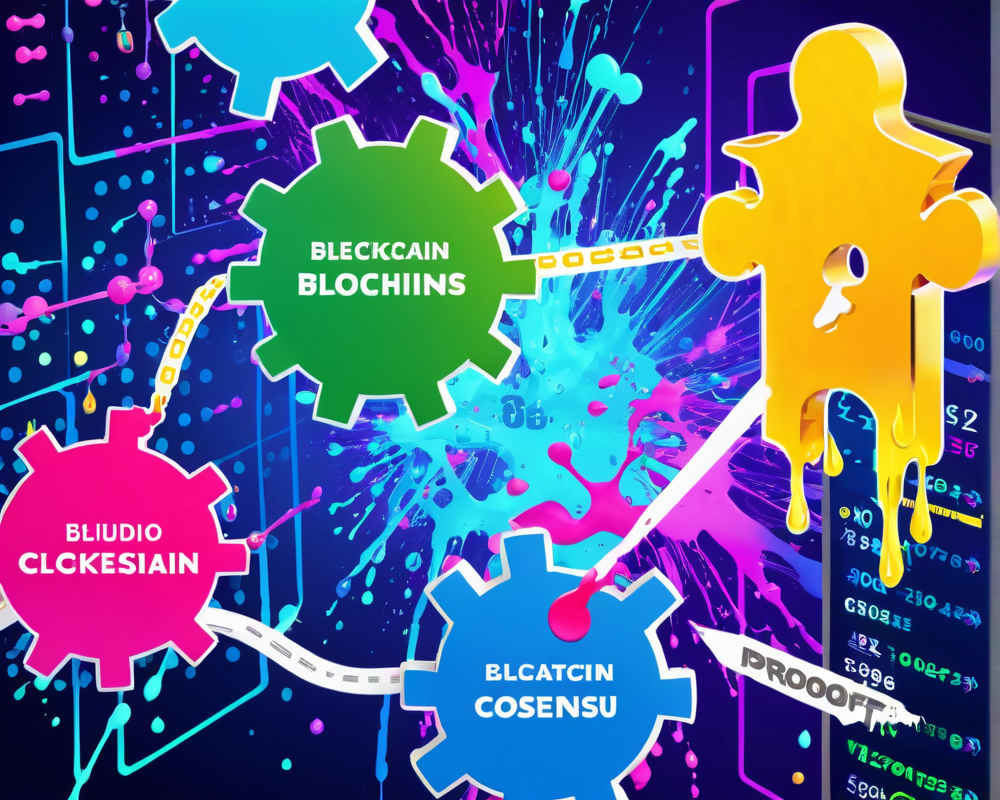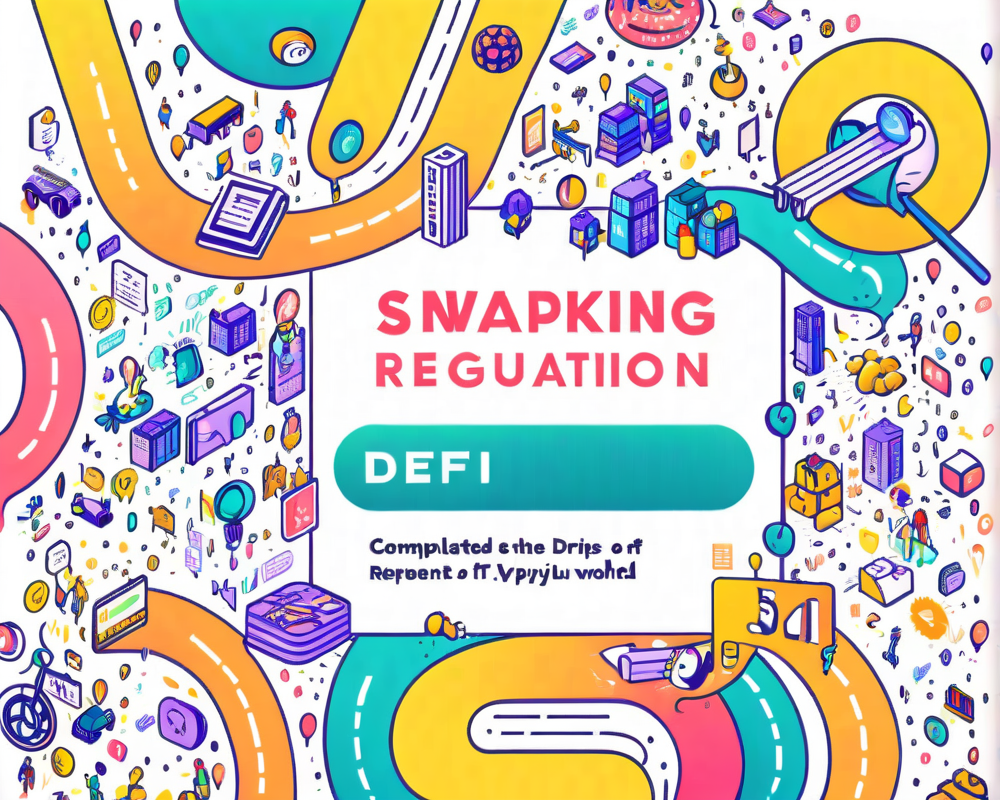The Evolution of Blockchain Consensus
As the digital world evolves, so do the mechanics behind the transactions that power it. Blockchain technology began its journey with proof-of-work (PoW), but as the network grew, so did the need for methods that were less resource-intensive. This brings us to the next big character in the blockchain saga: proof-of-stake (PoS). This article serves as a guide to understanding PoS, a consensus mechanism that promises to swap mining hardware for cryptocurrency holdings.
Proof-of-Work: The Tough Love of Blockchain
Before we dive into PoS, let’s briefly revisit PoW. Think of PoW as the bouncer at an exclusive club: you’re not getting in without proving you can handle the heavy lifting. Miners compete to solve complex puzzles, and in this game of numerical domination, their reward is the right to add a new block to the blockchain. But hey, as charming as that sounds, it’s also costly: energy-intensive and hardware-heavy.
Proof-of-Stake: A Seat at the Table
If PoW is the heavy weightlifter, PoS is the savvy investor. Rather than spending resources on electric bills and miners, PoS allows token holders the chance to ‘stake’ their assets—essentially putting them up as collateral to validate transactions. In this system, your voting power isn’t about how much hardware you can buy; it’s all about how many tokens you own. The more you stake, the more weight your vote carries. Think of it as a loyalty program where the more tokens you have, the better perks you receive.
The Risky Business: Slashing Conditions
However, like any good investment, there’s a catch. Enter the concept of slashing. Imagine you are at risk of losing your investment if you play your cards wrong. Slashing is a mechanism aimed at keeping validators on the straight and narrow—if a validator produces blocks on a ‘losing’ chain, they can lose a chunk of their staked tokens. Losing your lunch money is one thing, but losing your crypto? That’ll keep you awake at night!
Security, Centralization, and Exchange Attacks
While PoS might sound like a dream come true, it comes with concerns. The major issue? Security. Attackers need only acquire 51% of the tokens to mount an attack, potentially making it easier to compromise the system than in the PoW model. Centralized exchanges—oh boy—can easily accumulate enough stakes to control significant portions of a token supply without facing the same risks individual holders do. This scenario has played out before and poses a real threat to the decentralization ethos of blockchain.
Looking Ahead: The Future of Consensus Algorithms
As we venture into the future of blockchain, the challenge lies in balancing the efficiency of PoS with the robust security of PoW. Can we find a hybrid model that embraces the best from both worlds without all the baggage? Only time (and some brilliant engineering) will tell. For now, keep those innovation goggles ready—we’re just getting started!
“Innovation is the ability to see change as an opportunity – not a threat.” – Anonymous




